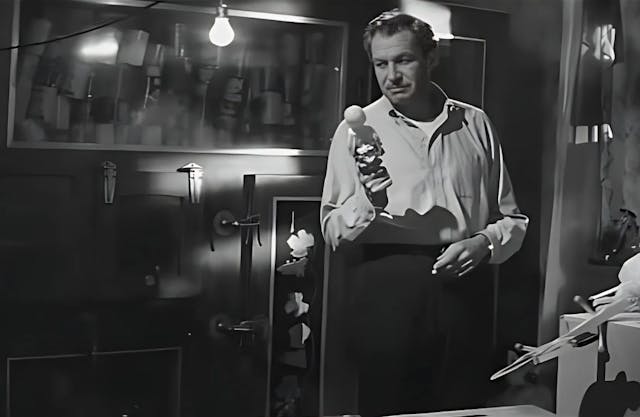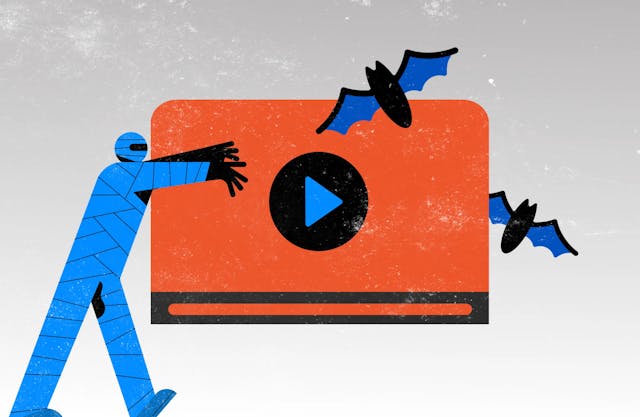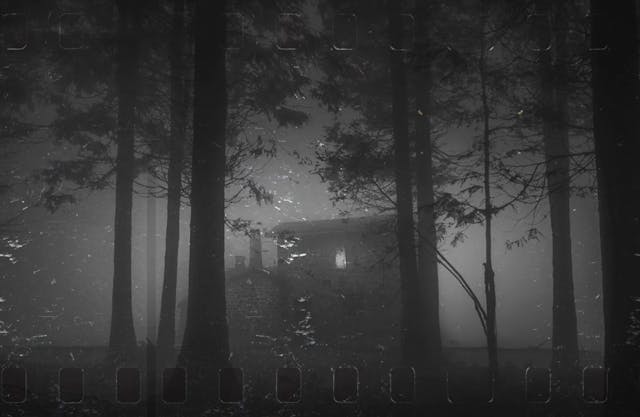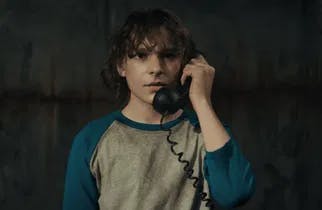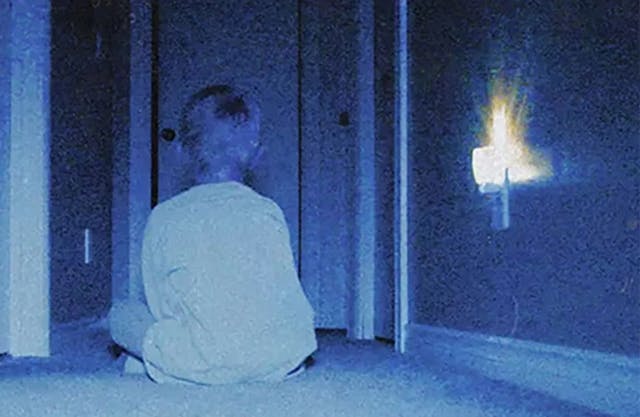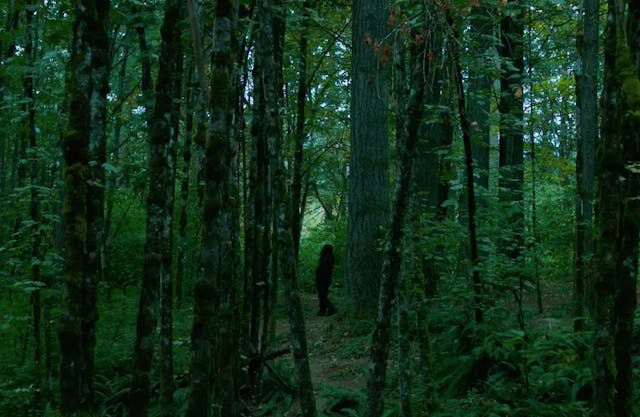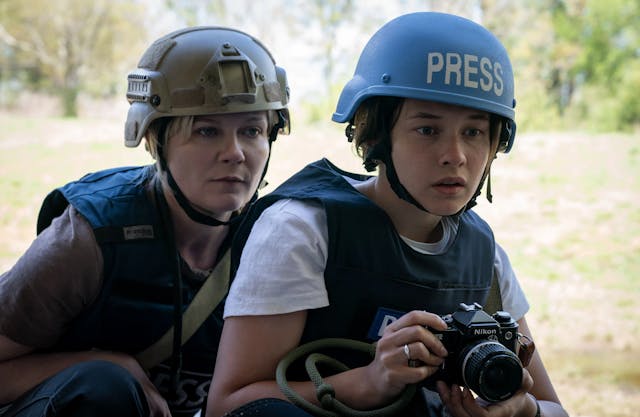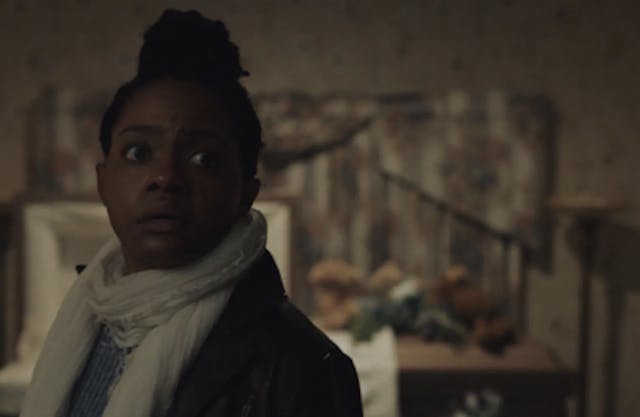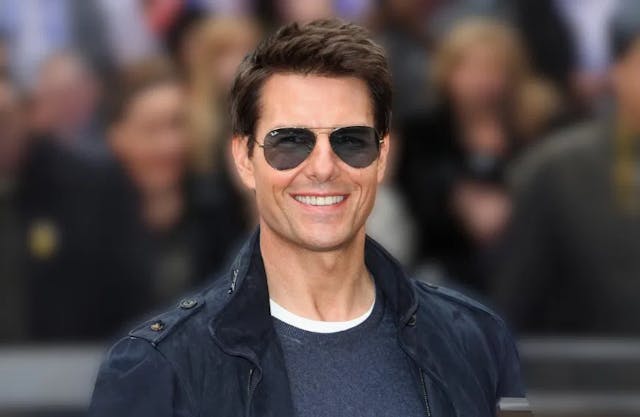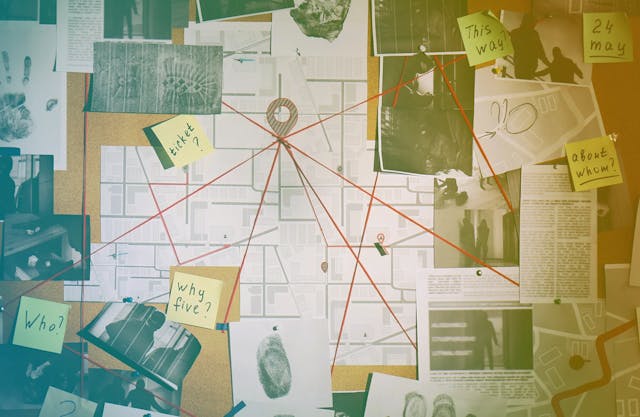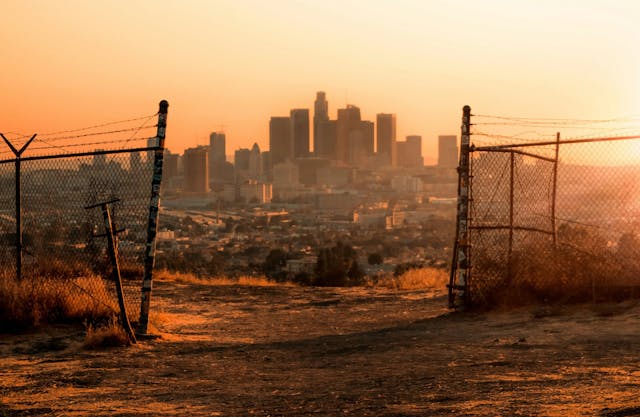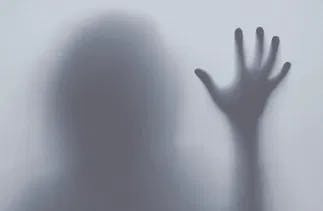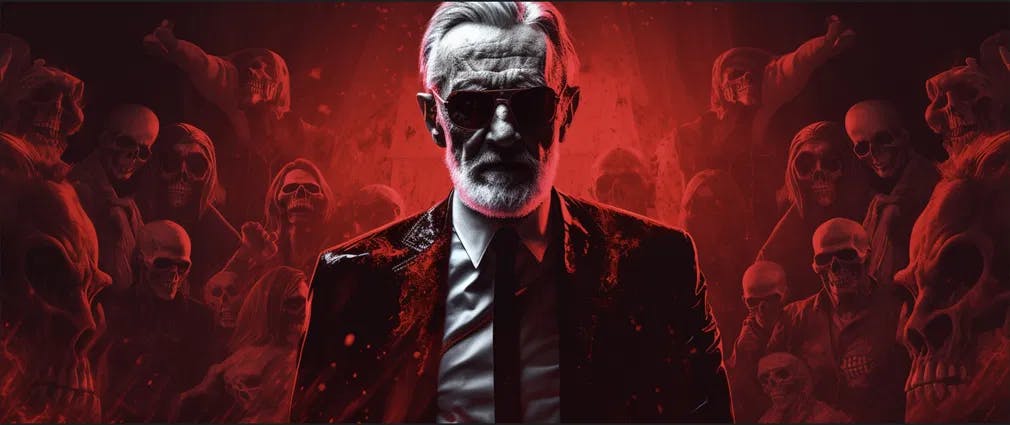
Writer, director, and producer George Romero found his life's work in the undead. Zombies were already part of folklore and pop culture when he began his filmmaking career in the 60s. Check out "White Zombie" (1932) on the Old Halloween Movies Haunting Popflick blog spot. Bela Lugosi stars as a zombie maker exploiting them as enslaved people on a plantation. Romero would push them to the forefront of the zeitgeist in a way that defined his career. Like the hapless humans surrounded by the dead on an isolated farmhouse in "Night of The Living Dead" (1968), he could not escape. If you have not seen it, fix that problem and watch "White Zombie."
Romero Rises the Dead
Romero was a champion for indie movies. He worked outside the studio system, which allowed him to push the envelope in gore and violence. Taking a page from the traditions of the Grand Guignol theater, he used animal guts to pass as human remains, making shots of ghouls devouring human flesh extra believable. For all its sensational effect, the movie is a social commentary on a particular historical moment.
The natural leader among the survivors, and the most decent person in the lot, is Ben (Duane Jones), a black man who must face the zombies and the suspicion of the white-as-bread people around him. He is a minority that can’t win. His arch comes to an end that will resonate in the age of the Black Lives Matter movement. All this happened as the USA was experiencing dramatic social change under the Civil Rights movement.
With “Night of the Living Dead,” George Romero turns the zombie into an all-purpose allegory. He will go on to reconfigure time and time again. It’s a catalyst that brings out the worst in humanity and the saddest monster in the pantheon of cinema. It taps into our fear of death and refutes our attachment to life. Do you want to live forever? In a twist worthy of O’Henry, you can defeat death but at the price of turning into a monster and eating your nearest and dearest.
We are on the record as fans of the film. We included it in our list of the Best Classic Horror Movies Ever Made and our article on Old Halloween Movies Haunting Popflick: Must-Watch Spooky Cinema. How could we not? It’s also one of our 10 Indie Movies That Shook The World. It made history not just for its treatment of the genre but also for drawing a trajectory of success for independent productions to come. The movie had a bare-bones low budget of 114 thousand dollars and ended up amassing over $30 million in worldwide grosses throughout a decade of circulation in the theatrical circuit. More money would come once cable and home video became a thing, and of course, through its many sequels.
Escape from the Living Dead!
The success of “Night of The Living Dead” came about like one of its ghouls, slowly lumbering through the circuit of independent theaters, grindhouses, and drive-in cinemas. Before he could take full measure of it, George Romero did what any novel filmmaker would do, hustling to the next job, trying to prove his versatility. His next movie was “There is Always Vanilla” (1971). It’s a counterculture drama about a deadbeat former soldier shacking up with an older woman and sponging off her until she wakes up to his game. Even Romero says it is his worst film.
He returned to the horror genre with “Season of the Witch” (1972). Jan White plays Joan, a bored housewife who flirts with witchcraft and upends her conservative, comfortable life, getting lost in sexual liberation and casual murder. The movie takes its title from Donovan’s classic song, which is featured prominently in the movie. Alas, the film fell prey to opportunistic marketing. Released as “Hungry Wives,” the publicity campaign hinted at the porno-chic en vogue at the time, even though the movie would never deliver on that front. No wonder it failed.
"Season of the Witch" was ripe for reevaluation when the Criterion Channel included it in a Collection of '70s horror in 2021. Also included in that group was "The Crazies" (1973), in which a virus that causes death and insanity gets accidentally unleashed in a Pennsylvania town. "Martin" (1978) finds Romero playing with vampire lore, following a disaffected young man who seeks refuge with family in a small town as he deals with real - or imagined - cravings for blood.
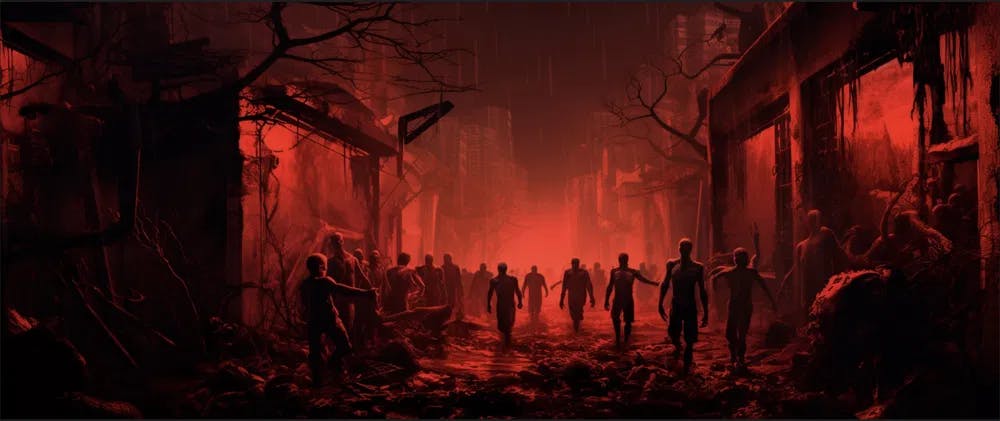
The Living Dead Lure George Romero Back
None of these movies could duplicate the impact of Romero’s first film. The United States had changed in the ten years since he unleashed the undead on an unsuspecting audience. The oil crisis of the late seventies rocked the Carter administration, with shopping malls rising in the suburbs with promises of ever-elusive material well-being.
"Dawn of the Dead" (1978) took on this scene, confining a rag-tag group of survivors in a high-end shopping mall. They get to enjoy a life of luxury before the zombies knock at the glass doors and break through them. Two crucial alliances gave shape to the project. First, special effects make-up artist Tom Savini turned into a force in the horror industry. Second, director Dario Argento co-financed the production in exchange for the rights to edit his own version for the Italian market. The Argento cut uses music from the prog-rock band Goblin, who also did the score for his classic “Suspiria” (1977).
Flash-forward to 2004. A successful director of advertising and music videos surprises with a taut, thrilling remake of “Dawn of the Dead,” starring Sarah Polley, Ving Rhames, and a Pre-Modern Family's Ty Burrell. His name was Zack Snyder, and he would go on to a career full of box-office hints, including a run as the main creative of DC Comics in their never-ending struggle to make a dent in Marvel Studios' domination of the box office. To this day, I think it remains his best movie.
The ‘80s Living Dead Death Match
Horror fans found themselves in a problem in 1985, with dueling zombie films vying for attention. John Russo, co-producer of the original "Night of The Living Dead" (1968), cut ties with Romero. According to Wikipedia, the filmmakers agreed to benefit equally from the IP, with Russo using "Living Dead" to name his projects and Romero sticking to plain old "Dead." That's the origin story of "The Return of the Living Dead" (1985). Romero's movies were not without humor, but Russo's project goes for broad comedy and slapstick. It is not without its horror bonafide, with Clu Gulager leading the cast and Dan O'Banion in the directing chair. He is better known as the screenwriter of "Alien" (Ridley Scott, 1979).
Romero's "Day of the Dead" (1985) follows a group of soldiers and scientists taking shelter in an underground bunker in Florida while the undead destroy life as we know it. The premise allows Romero to play with the symbols of government and the military complex, themes he would explore further in "Land of the Dead" (2005).
The 20 years that separate “Day of the Dead” and “Land of The Dead” find the director expanding his focus. In “Monkey Shines” (1988), he returns to his hometown of Pennsylvania for a claustrophobic horror story about a quadriplegic writer terrorized by his service animal, a monkey with a mind of its own. “The Dark Half” (1993) combines two greats of the genre, with Romero adapting a novel by Stephen King about a writer whose commercially successful alter-ego manifests with murderous intent to take over his life. “Bruiser” (2000) follows a man who wakes up with a blank mask for a face. It barely made a dent.
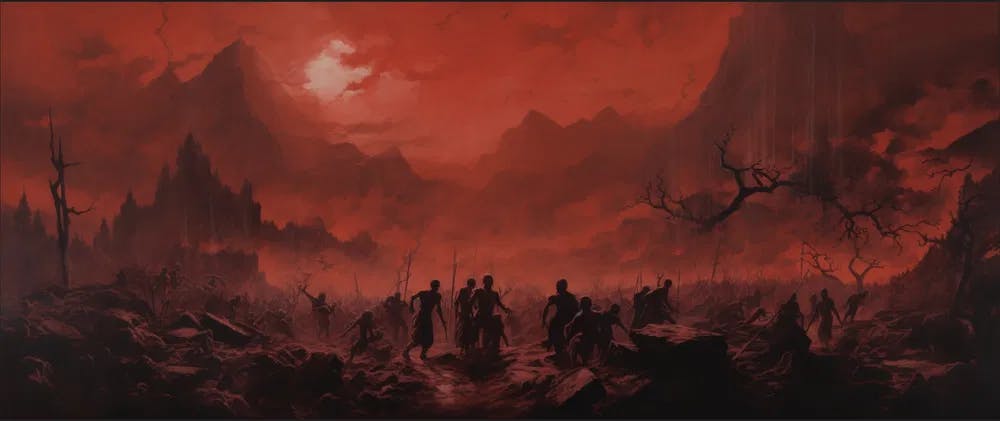
The Attack of the XXI Century Zombies
Romero returns to the zombie racket in “Land of the Dead” (2005). The movie takes on the social and economic anxiety of the moment. In a late-career scorcher of a villain role, Dennis Hopper is a millionaire leading a gated, walled-in city. The privileged live safely there, while the living dead roam outside. It’s not a matter of whether the ghouls will come in but when.
It’s a clear distillation of class struggle between the have-life and the have-nots. It is perhaps the most clearly political of the “Dead” movies, with Hopper hamming it up deliciously as a megalomaniacal mogul, not unlike Donal Trump or Elon Musk. Up to this point, the dead have been mindless entities, moving by sheer survival instinct: they eat living human flesh. “Land of the Dead” introduces an undead leader with a sense of self. He is named Big Daddy (Eugene Clark) and can also rail up followers and organize them to invade the enclave.
“Diary of the Dead'' (2007) starts from scratch in a new world order defined by pervasive media. A crew of film students shooting a horror movie gets surprised by an actual zombie apocalypse in this unsung entry into the Undead canon. In full meta fashion, the movie we are watching is an edit done by the survivors as they try to capture the reality around them.
By adapting the point of view of the young, somewhat naive characters, the movie takes on an earnest tone that contributes to not endearing it to jaded, modern audiences. The voice-over narration may be full of platitudes, but it fits the character delivering it and the circumstances around her. It’s more jarring to accept a pre-“Orphan Black” Tatiana Maslany as the most frail of the group. Alas, the movie conveys the rise of our culture of self-documenting and the pervasiveness of social media. Years before Trump, it anticipated the crisis of trust in traditional media and the use of migration as a political lynchpin.
"Survival of The Dead" (2009) roasts family values and tribalism. The movie continues the story of "Diary of the Dead" going off on a tangent, following a rogue group of national guards who, after stealing supplies from the film students, end up on an island off Delaware, where two Irish-American families struggle over how to deal with the undead. One family keeps their relatives around, hoping a cure will come along. The other one wants to execute them. It was Romero's final movie.
They are alive! Alive!
Romero died in 2017, but he left a script titled “Twilight of the Dead,” which seems to be a direct sequel to “Diary of the Dead,” at least if you go by the brief synopsis posted on IMDB: “(It) follows the last humans on Earth as they fight to survive in an island filled with zombies.” The project is marked as “in development,” with Brad Anderson attached to direct. It’s a return to form, considering one of his early hits was “Session 9” (2001), which followed a crew of workers trapped in a haunted mental hospital.
There were zombies on screen before George Romero, and there will be more. But the truth is that we would not have the undead bonanza of our times if it were not for him. If you like “28 Days Later” (2002) and its sequels, “Shaun of the Dead” (2004), the TV series “The Walking Dead” (2010) and its many spin-offs, and “World World Z” (Marc Forster, 2013), well, you have to thank George Romero for them. The way he took the concept of the undead and married it to his lacerating directions of society made them consequential. Zombies are the prime monsters of our times and are timeless. From beyond the grave, George Romero remains the best director of zombie movies.
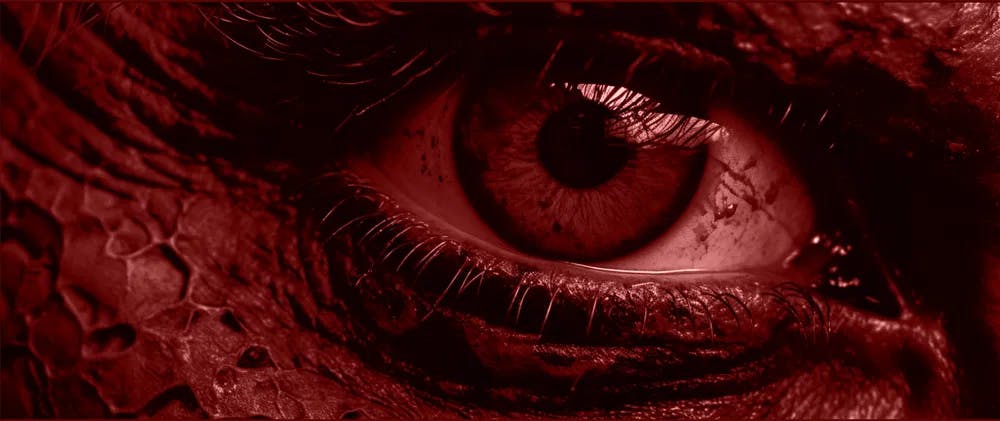
Romero would be happy to know that his oeuvre and name live on. A remake of “Night Of The Living Dead” is in pre-production. It will be the feature film debut of Joshua Lee Frazer. It will go back to the beginning, with a group of desperate people coming together in a remote house as the dead roam the earth looking for human flesh. The story never gets old. It never dies.
Want to get an email when we publish new content?
Subscribe today